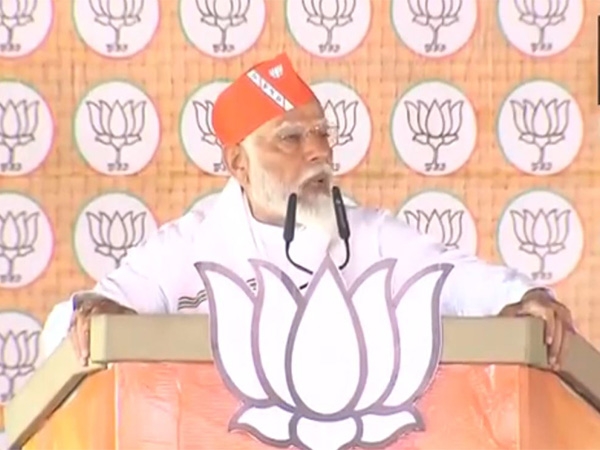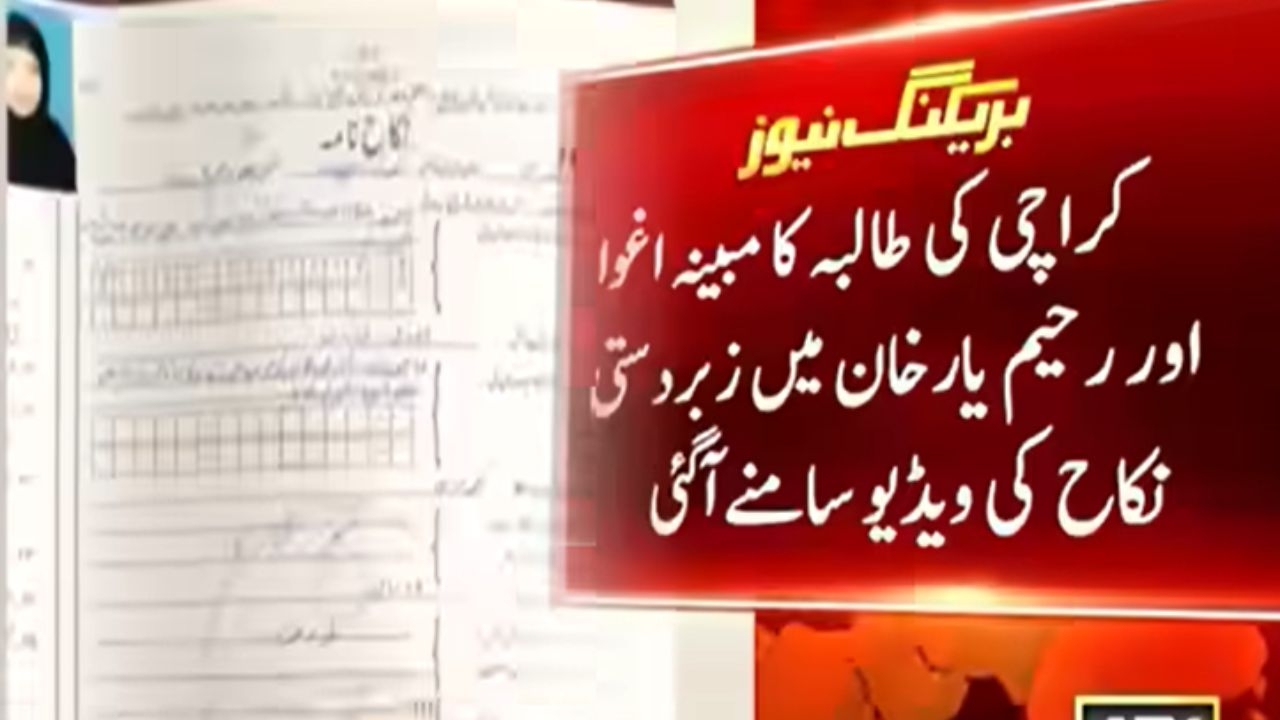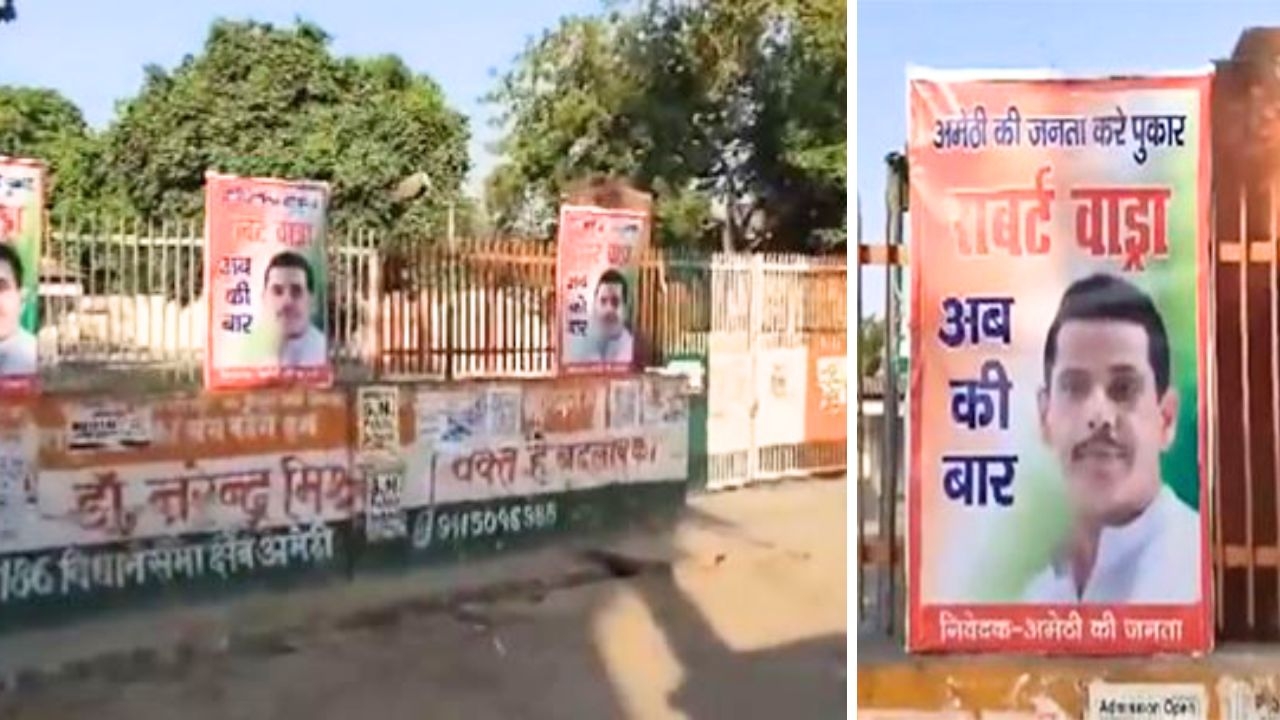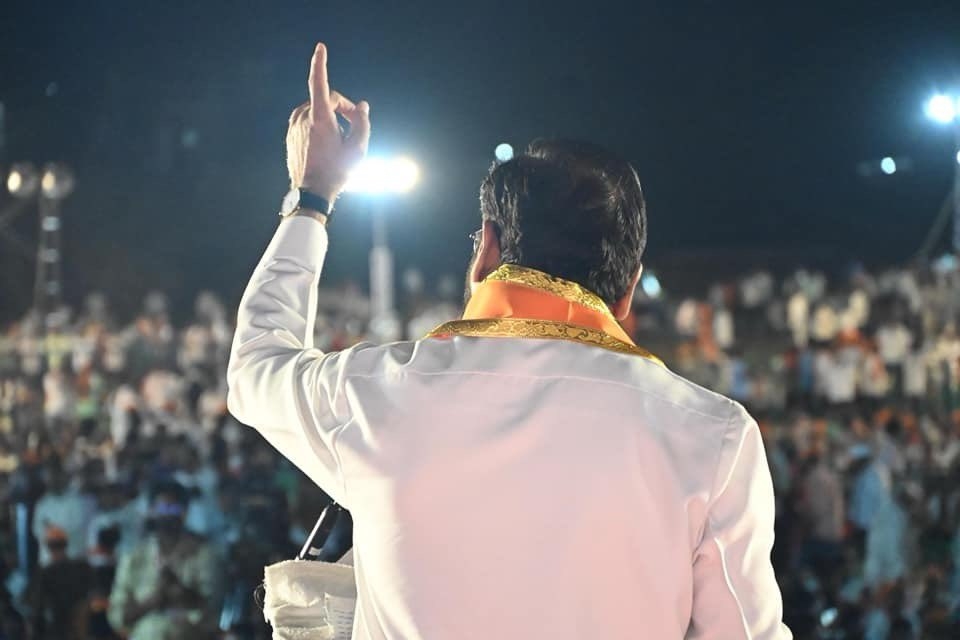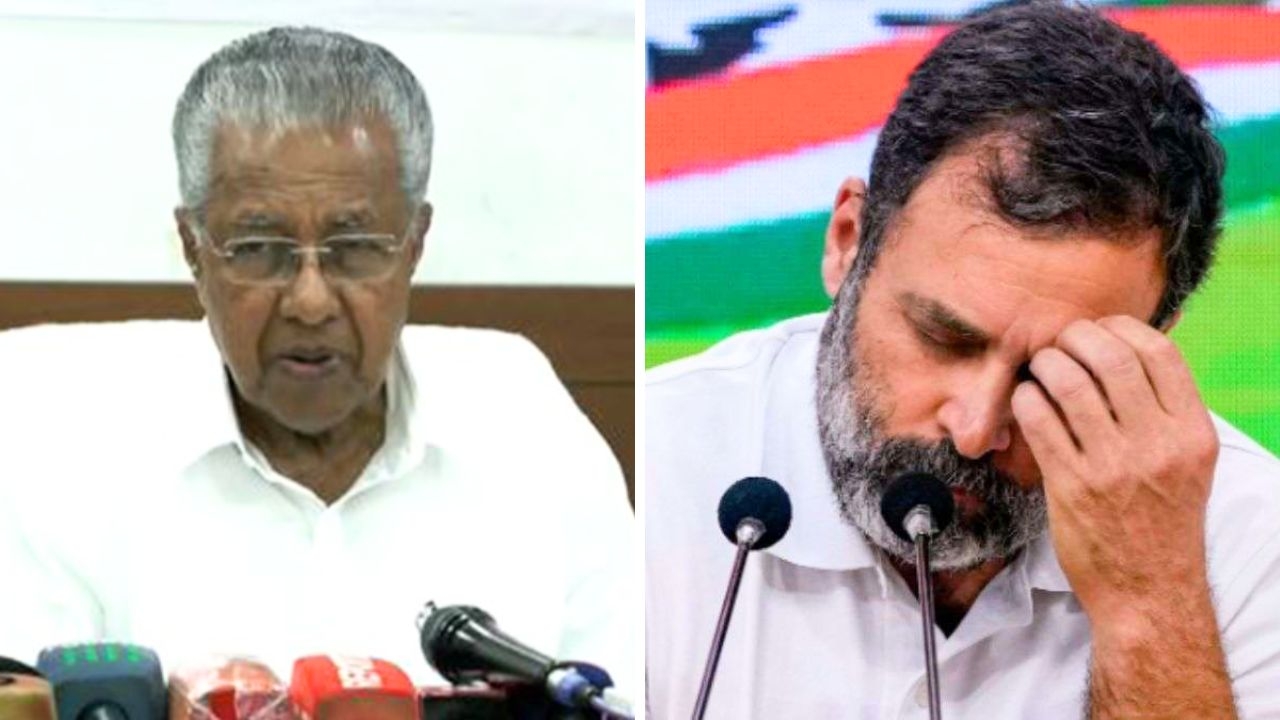Why the I-League is where football clubs go to die
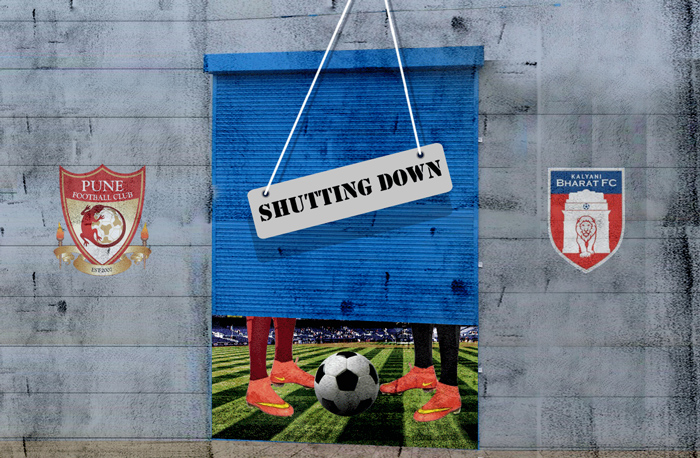
The crisis
- I-League clubs Pune FC and Bharat FC are thinking of shutting down their first-team operations
- Pune FC was formed in 2007 and brought professionalism to Indian football
- It used modern practices like sports science and put the players\' interest first
- It also inspired newer clubs like Bengaluru FC to join the I-League
The poverty
- The I-League has struggled to generate money and viewership
- The winning club in the league gets a meagre Rs 70 lakh - less than the clubs\' annual expenditure
- TV rights money isn\'t shared with the clubs. It goes into the coffers of the AIFF
- This makes it virtually impossible for clubs to continue operations
In 2007, when the Ashok Piramal Group set up Pune Football Club to compete in the I-League, it was seen as a beacon of hope for Indian club football.
Eight years on, amid talks that the club is planning to dissolve its first team ahead of the new season. It is safe to say that Pune FC was a novelty that the I-League certainly did not deserve.
Time and again, it has come to light that the I-League's financial environment chokes any club which wants to do things professionally.
Pune FC's novelty
In stark contrast to certain clubs from Goa and Kolkata, here was a club that believed in doing things the right way.
Pune FC brought in a proper sports science team, a clearly defined structure of age group teams, and made players' interests paramount. It even set up a separate marketing division, which gradually resulted in the team acquiring a passionate fan base in Pune.
All this might seem par for the course in most other leagues in the world, but it was a novelty for the I-League. A lot of club owners were running their football teams in an extremely passive and outmoded fashion.
The rot goes deeper
It's not just Pune FC which seems to have realised that the I-League is just not worth it anymore.
Bharat FC, another Pune-based club that was launched just last year, is also said to be planning to fold up. It is reliably learnt that in fact, as early as midway through last season, it was contemplating this action.
Salgaocar FC, based out of Goa, is only waiting to complete another year in the top flight so it can complete 60 years of existence, before it too announces disbandment.
In 2011, JCT Football Club, Phagwara, decided to disband its first team as it was perennially running at a loss. This came as a shock to many passionate followers of Indian football. After all, some of the best Indian football players of all time had played for JCT at one point or another in their careers, including Sunil Chhetri and Bhaichung Bhutia.
Mahindra United, another club known for honing young Indian talent, also shut down a few years back. If a widely-respected club like Pune FC too decides to pull out from the league, it would signal the slow death of professionalism in Indian football.
An inspiration to others
The one that would really hurt though, is Pune FC. That the club cared about the overall development of the game in India is evident in the fact that it will continue to run its age group teams - under-15, under-17 and under-19 - despite potentially folding up first team operations.
Pune FC also paved the way for other clubs like Bengaluru FC, formed by the Jindal group two years ago, to follow a professional model.
Mandar Tamhane, the chief technical officer of Bengaluru FC expressed concern over the reports.
Pune FC brought in a sports science team, structured age-group teams, and made players' interests paramount
"It is definitely not good for Indian football if the speculation is true. Pune FC is an established club and it has been functioning for over eight years. It is the club which brought professionalism into India, and the only club in India which owned its training facilities," Tamhane told Catch.
"It is the only club in India which had youngsters coming through the ranks of the u-15s, u-17s, u-19s and then representing the first team. So if you look at proper youth development and proper infrastructure development, I think Pune FC was one of the first to do that in a strong way for Indian football."
Shocking lack of money
The custodians of Indian football - the All India Football Federation and the I-League - have a shockingly patronising attitude towards football clubs.
Consider this - all leagues worldwide share broadcast revenues among the football clubs that play in them. In the I-League, not a single penny goes to football clubs, but directly into the coffers of the I - League committee instead.
The prize money for the winning club is Rs 70 lakh, 30% less than what Chhetri was bought for at the Indian Super League auction. Rs 70 lakh does not even cover the monthly spend of an I-League team.
Sweeteners, in the form of lip service about how the league will be increasingly promoted to garner more viewers, are handed out at the start of every season. Rosy pictures about 'growth' are painted.
Sunando Dhar, the CEO of the I-League, comes out and occasionally quotes figures about increased TRPs to the media, the latest being as recently as last month.
"The TRP ratings went up by 13%, the reach increased four times and crowd attendance everywhere, except Goa, increased. We have plenty to look forward to in the next edition," he said.
And then the season starts, stagnates, and ends without as much as a whimper.
The ISL monster
Clubs have also had to contend with the monster of the Indian Super League, the franchise-based league backed by IMG-Reliance, which made its debut last year. It was successful in generating big hype and viewing figures.
This more commercial and more attractive football league ran for just over two months but overshadowed the already slight relevance of the I-League.
Ironically, the money pumped into the ISL by IMG-Reliance was originally to be used for the upliftment and commercialisation of the I-League itself. That was the stated intent when the AIFF signed a 15-year, Rs 700 crore agreement with IMG-Reliance back in 2010.
Instead, a parallel league has been set up, which does little for the grassroots development of Indian football.
To draw a parallel with cricket, the Indian Premier League owes a large part of its success to the fact that there is simultaneously a strong domestic infrastructure supporting it.
The ISL will need that in due course too. If this framework is not put into place by strengthening the I-League first, it will only stunt the growth of Indian football, while people continue to be enamoured by the bling of the ISL.
Is a merger the answer?
The idea of a merger between the ISL and I-League at some point in the future has been floated by AIFF president Praful Patel, but there are voices which suggest this would not be in the interest of I-League clubs.
An official of the Royal Wahingdoh Football Club, which was promoted to the I-League last season, said: "In the long run, one will have to wait and watch if the ISL truly leads to development of Indian football."
When asked about the prospect of an I-League-ISL merger, he expressed apprehension saying: "The nature of that is something that will have to be worked out at great length, and is extremely complicated."
Clubs have also had to contend with the monster of the Indian Super League that made its debut last year
On 23 July, the AIFF had called a meeting of all 11 I-League clubs, in which concerns over the future of the league were expressed.
On 24 August, they will all meet again at the AIFF headquarters in Delhi, in which the representatives of Bharat FC and Pune FC too are expected to be present.
But whatever the outcome of the meeting, it's obvious that professionalism in Indian football is dying a slow death. That is, if it hasn't perished already.
First published: 22 August 2015, 10:25 IST

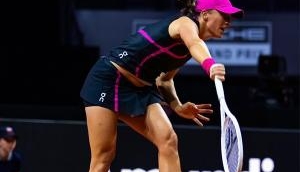

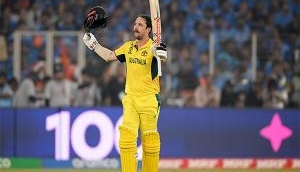
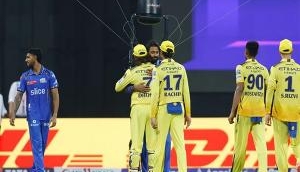

![BJP's Kapil Mishra recreates Shankar Mahadevan’s ‘Breathless’ song to highlight Delhi pollution [WATCH] BJP's Kapil Mishra recreates Shankar Mahadevan’s ‘Breathless’ song to highlight Delhi pollution [WATCH]](http://images.catchnews.com/upload/2022/11/03/kapil-mishra_240884_300x172.png)

![Anupam Kher shares pictures of his toned body on 67th birthday [MUST SEE] Anupam Kher shares pictures of his toned body on 67th birthday [MUST SEE]](http://images.catchnews.com/upload/2022/03/07/Anupam_kher_231145_300x172.jpg)


